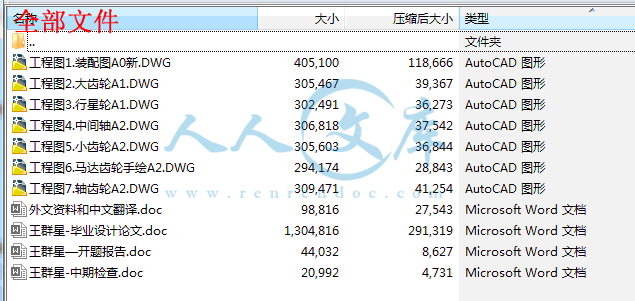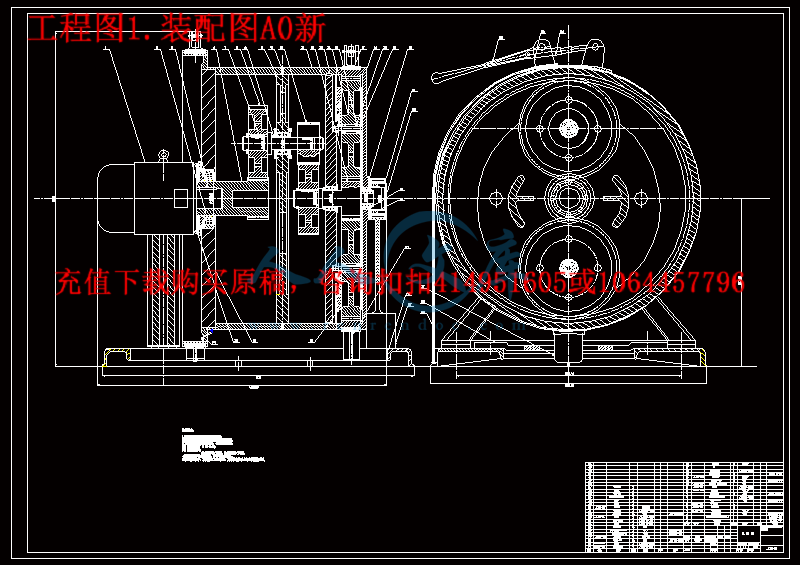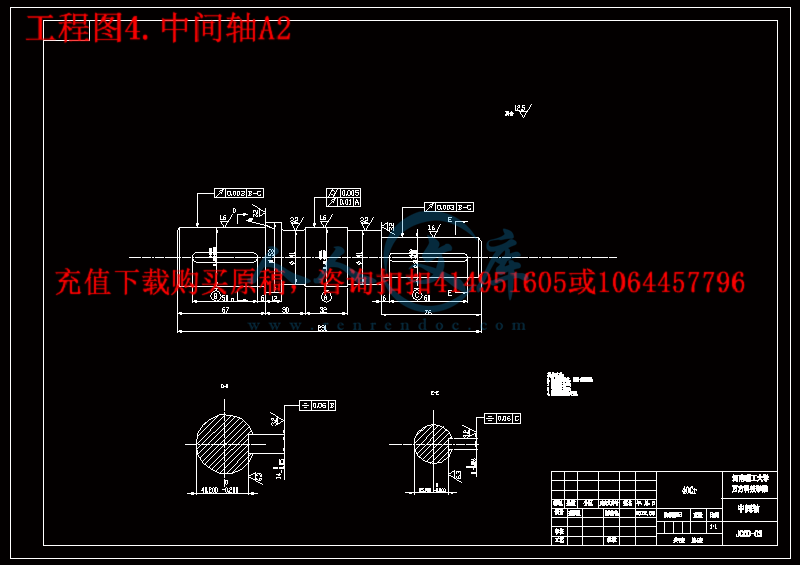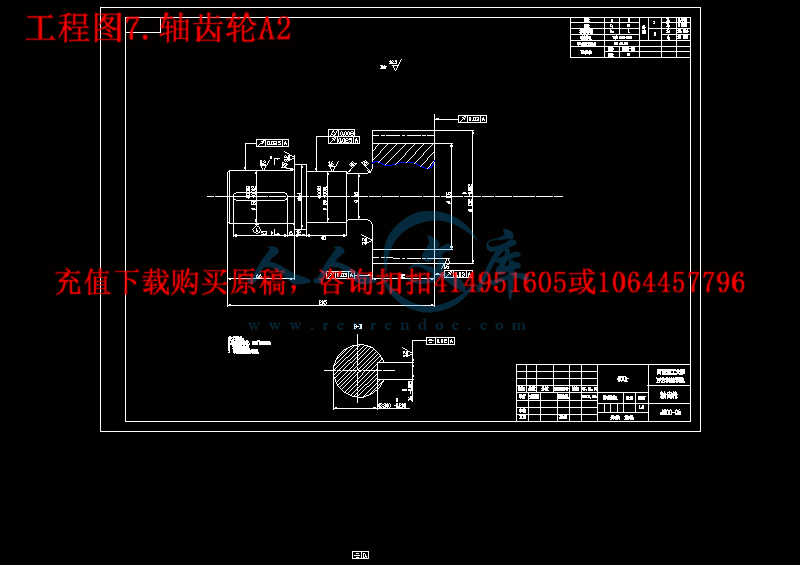目录
摘 要9
前 言11
1概 论12
1.1国内绞车的发展12
1.2国外绞车的发展12
1.3国内外水平对比12
1.4总体发展趋势13
1.5有关毕业设计的题目14
1.6有关提升绞车的介绍14
1.7有关调度绞车的介绍15
2、滚筒式绞车的基本原理16
2.1滚筒式绞车的工作原理16
2.2滚筒式绞车的传动原理16
2.3设计的原始数据和传动方案选择17
3传动方案的选择及滚筒的设计19
3.1传动方案的选择19
3.2驱动装置的设计19
3.3滚筒的设计19
3.4制动装置的设计20
4传动系统的设计22
4.1传动比的设计与计算22
4.2减速装置的传动比分配计算23
4.3传动装置的运动参数计算23
4.4齿轮的传动设计24
4.5轴的设计及计算38
4.6滚动轴承的校核计算43
4.7键的强度计算44
5.滚筒式绞车制动器的设计45
5.1制动器的形式和常用安全装置45
5.2制动器的选用和设计46
6.滚筒式绞车的使用与说明50
6.1使用与维护50
6.2绞车的润滑51
6.3绞车的装配及检验52
6.4绞车的修复与零部件的更换53
6.5绞车的拆卸53
结 束 语55
致 谢56
参 考 文 献57
摘 要
滚筒式绞车是结合了提升绞车JT0.8 ×0.6型号的技术参数以及调度绞车JD-11.4行星齿轮传动结构来设计的。目的是使此提升绞车能在节省空间的条件下完成较大的传动比的要求。目前,很多提升轿车都向着标准化、体积小、重量轻、结构紧凑、高效节能、寿命长、噪音低、一机多能、大功率、外形简单等方向发展。因此,使得我们需要在结构上对提升机进行改进,而调度绞车的行星齿轮传动对此改进将会起到很大的作用,因为行星轮传动具有较大的传动比、高效、噪音小、结构紧凑等特点,刚好可以满足上述要求。因此,我的毕业设计“滚筒式绞车”就是对两种绞车在结构和性能上的综合,使其达到最优的设计效果,具有所需的功能。
关键字
滚筒式绞车 提升绞车 调度绞车 行星齿轮
Abstract
The roller type car is a technique to joins together to promote the winch JT0.8*0.6 model numbers parameter and adjust a degree the winch planet JD-11.4 wheel gear spreads to move the construction to design of.The purpose is a request to make this promote winch can complete while saving the spatial term bigger spreading move the ratio.Current,a lot of promote the winch all the facing standard series turns,the physical volume is small,the weight is light,construction tightly packed,economize on energy efficiently,the life span is long,low noise,a machine can much,big power,shape etc.direction development.Therefore,make us needing on the construction to promote the winch proceed the improvement,but adjusts a very big function,because the planet wheel gear spreads to move to have the very big spreading moves the ratio,efficiently,the noise is small,the characteristics of the construction tightly packed,can satisfy the above request at the right moment.Therefore,my graduate design "roller type winch"g is to two kinds of winches to go forward with the function at the construction the line synthesizes,making its attain the superior turning.
Key word the roller type winch promote the winch adjust a winch improvement
前 言
此次毕业设计师我们在学校里的最后一次综合能力的提高,它要求我们对大学里所学过的课程进行全面的了解与加深。比如说,机械原理、材料力学、理论力学、极限配合、机械设计等等。很快,四年的大学生活很快就要结束了,在离开学校走上工作岗位之际,毕业设计将是对我们的一个考验,这既考察了我们对大学四年里所学知识的掌握程度,有考察了我们的实际应用能力以及在解决一件事情上的态度的问题。
在大学四年的学习过程中,我们也做过许多课程设计,独立完成一定量的图纸要求,但此次,完全用电脑来完成设计还是第一次,故而,这又锻炼了我们对制图软件、查阅机械手册以及相关资料的应用等的能力,为我们以后在工作岗位上能轻车熟路打好基础。
机械行业是一个由不同的专业组成的,技术性很强的,需要紧密配合的系统工程,是促进我国经济发展的生命线。而目前,我国的机械行业在世界发展潮流中还尚处于落后的地位,因此,需要我们这一批人把握时代的主题,走在国家乃至世界的前列。
诚然,毕业设计尚属于一个并不成熟的设计,只是我们迈向未来的第一步,但在毕业设计中,我们可以完全放飞自己的思想,让我们的思路不受任何限制,大胆的去实现自己的想法。当然,在我们所设计出的产品里面,可能还有许多不实用的地方,但都有着我们自己的想法在里面。相信通过自己的努力,一定能在这次毕业设计中巩固自己在大学期间所学的知识。为以后我们真正的走上工作岗位检验自己。








 川公网安备: 51019002004831号
川公网安备: 51019002004831号